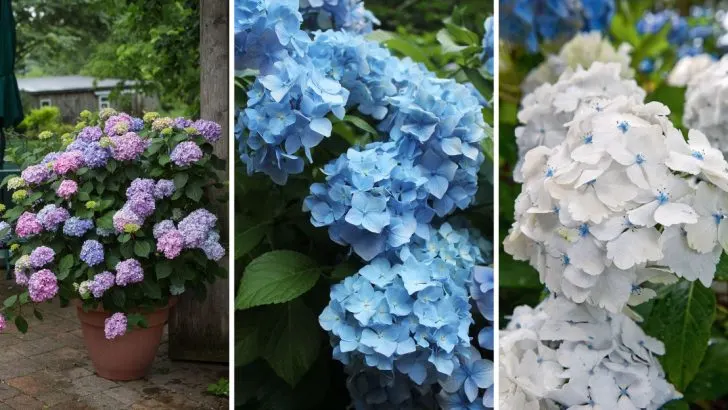Hydrangeas are a favorite in gardens worldwide, but many myths surround these stunning plants, leading gardeners astray. From misconceptions about changing bloom colors to myths about their care needs, these false beliefs can harm your plants and hinder their growth.
It’s time to separate fact from fiction to help your hydrangeas thrive. Here are 9 common hydrangea myths that could be ruining your garden – and the truth behind them.
Myth 1: Hydrangeas Require Constant Full Sun
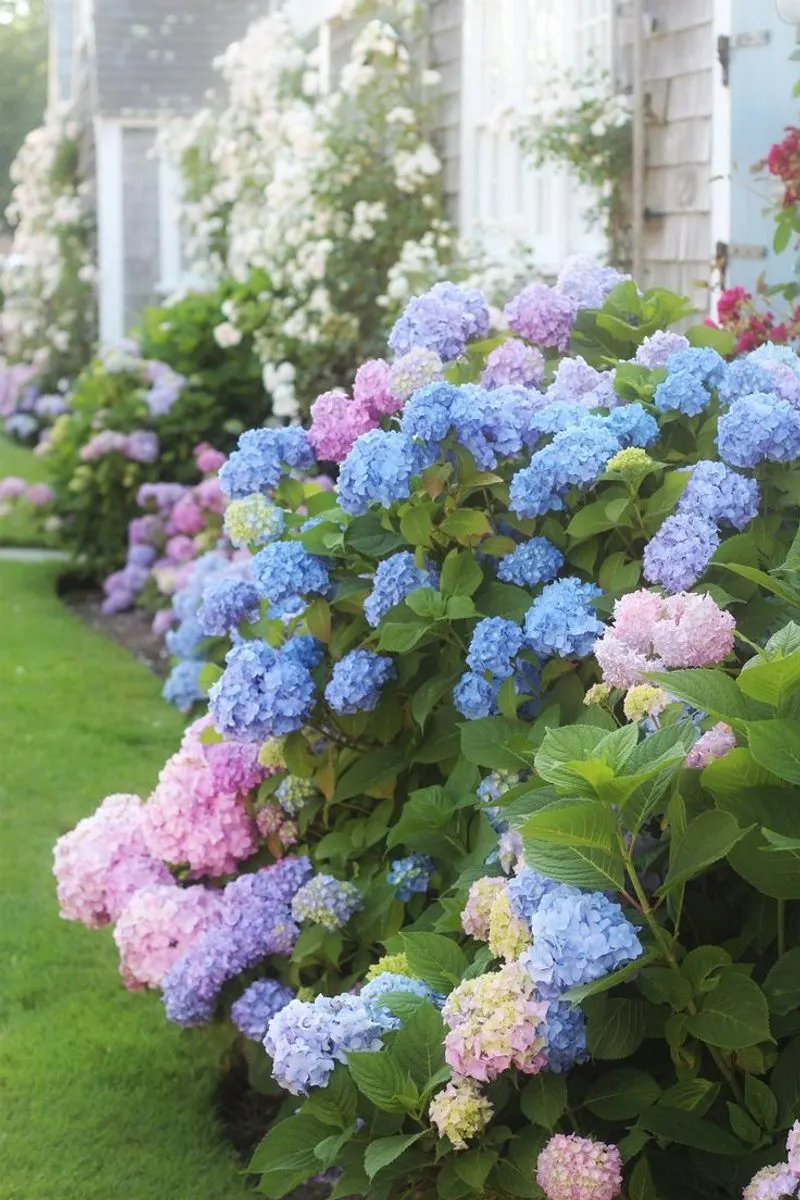
Constant sunlight isn’t necessary for hydrangeas to flourish. In fact, too much sun can scorch their leaves and diminish blossom vibrancy. Aim for a balance by planting them in a location where they receive morning sun coupled with afternoon shade.
This environment mimics their natural habitat and encourages optimal growth. Be mindful of your garden’s unique conditions and adjust accordingly. Implementing this change can lead to more vigorous plants with dazzling blooms.
Understanding your garden’s microclimates is key to finding the perfect spot for these stunning flowers.
Myth 2: Acidic Soil is Essential for Blue Flowers
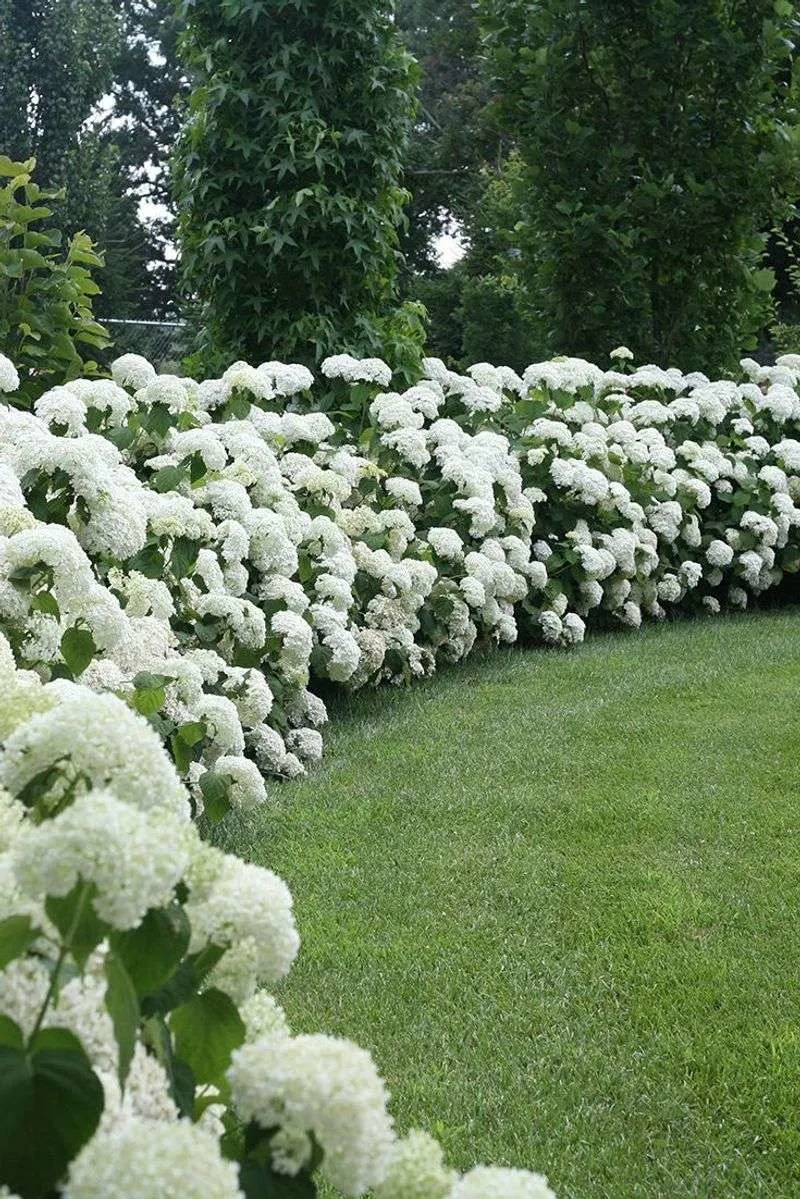
While acidic soil can indeed turn hydrangea flowers blue, it’s not a hard-and-fast rule. Hydrangeas are versatile and adapt to various soil conditions.
The bloom color spectrum includes pinks, purples, and blues, each influenced by soil pH, aluminum availability, and plant variety.
Experiment with soil amendments like sulfur or lime to adjust pH, but remember, flower color also depends on individual plant genetics. It’s about more than just soil acidity, so embrace the diversity of colors your garden can offer.
Myth 3: Hydrangeas Don’t Need Pruning
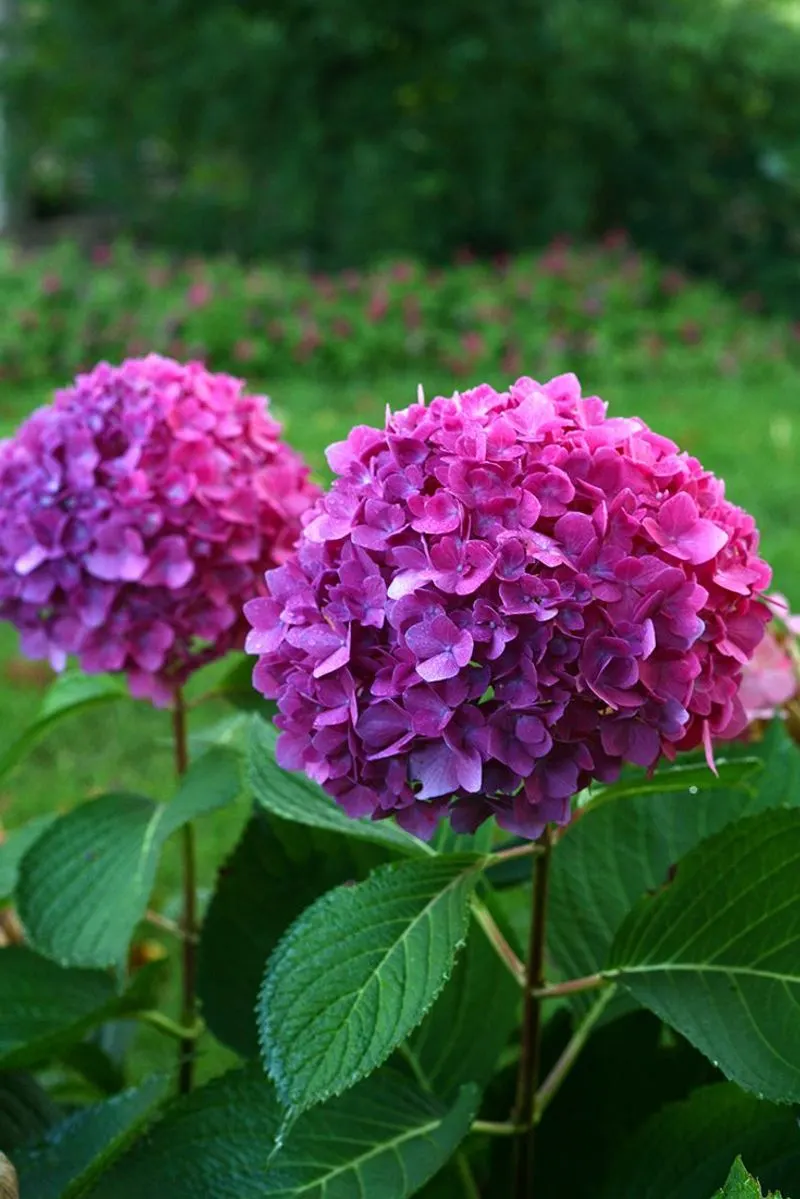
Though hydrangeas are known for their wild, natural look, they benefit greatly from regular pruning. Trimming helps manage size, encourage new growth, and enhance blooming.
Timing is crucial; prune spring bloomers after flowering and summer bloomers in late winter or early spring. Understand the type of hydrangea you’re working with to tailor your pruning approach.
Proper pruning invigorates your plants, leading to healthier growth and improved aesthetics in your garden.
Myth 4: Hydrangeas Are Only Decorative
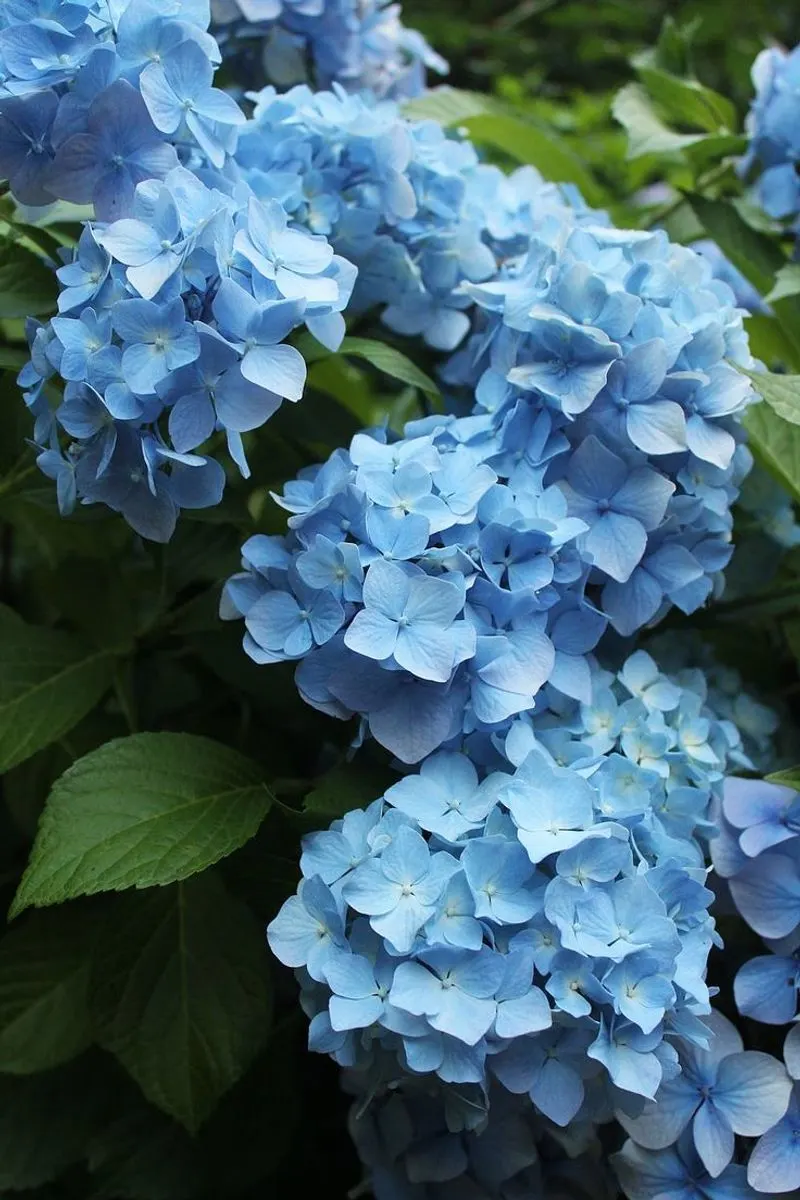
Beyond their beauty, hydrangeas offer practical uses that many gardeners overlook. Their blooms can be dried for stunning arrangements, adding a rustic touch to home decor.
Additionally, some parts of the hydrangea plant have been used in traditional herbal remedies. Though not widely practiced today, it’s a nod to their historical significance.
Exploring these applications can deepen your appreciation for these multifaceted plants and enrich your gardening experience.
Myth 5: Hydrangeas Are High Maintenance
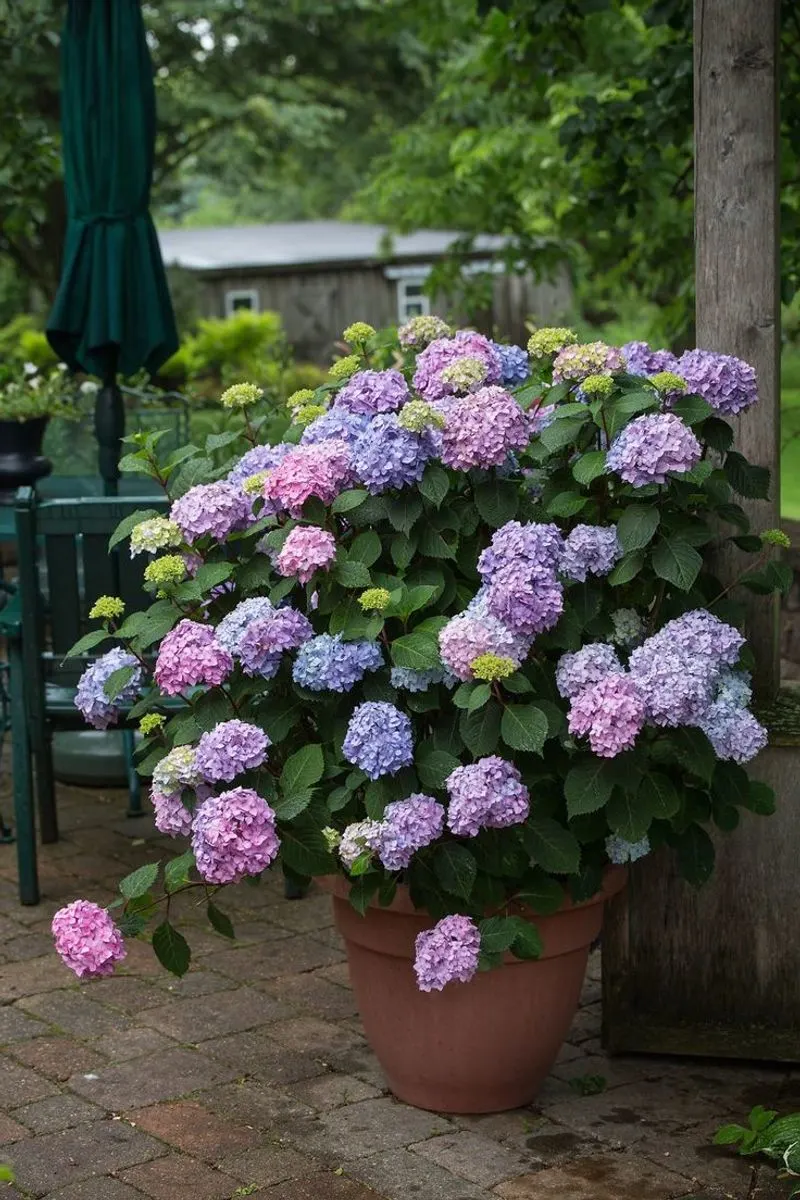
Despite their lush appearance, hydrangeas aren’t as demanding as many believe. Once established, they require minimal care beyond basic watering and occasional feeding.
Choosing the right variety for your climate can significantly reduce maintenance needs. Varieties like ‘Annabelle’ or ‘Limelight’ are particularly hardy and resilient.
With the right selection and placement, hydrangeas become an easy-going addition to your garden, providing stunning blooms with minimal effort.
Myth 6: Hydrangeas Can’t Survive Cold Winters
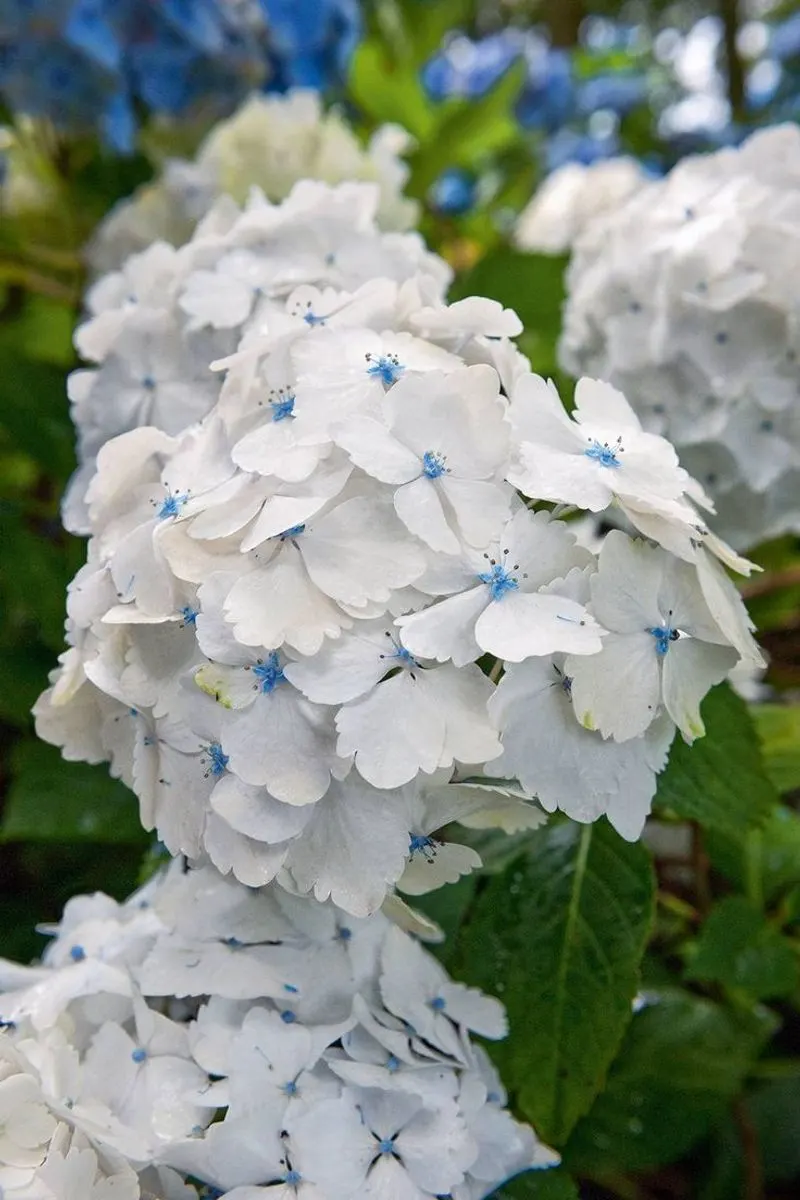
Many assume hydrangeas can’t withstand cold climates, but several varieties are quite hardy. Proper winter preparation ensures they survive and thrive when spring returns.
Mulching and covering the base with leaves or straw protect roots from freezing temperatures. Consider selecting cold-hardy varieties like ‘Endless Summer’ or ‘Invincibelle’.
With a little preparation, your hydrangeas can endure and flourish, proving they are more resilient than often thought.
Myth 7: Hydrangeas Are Always Pink or Blue
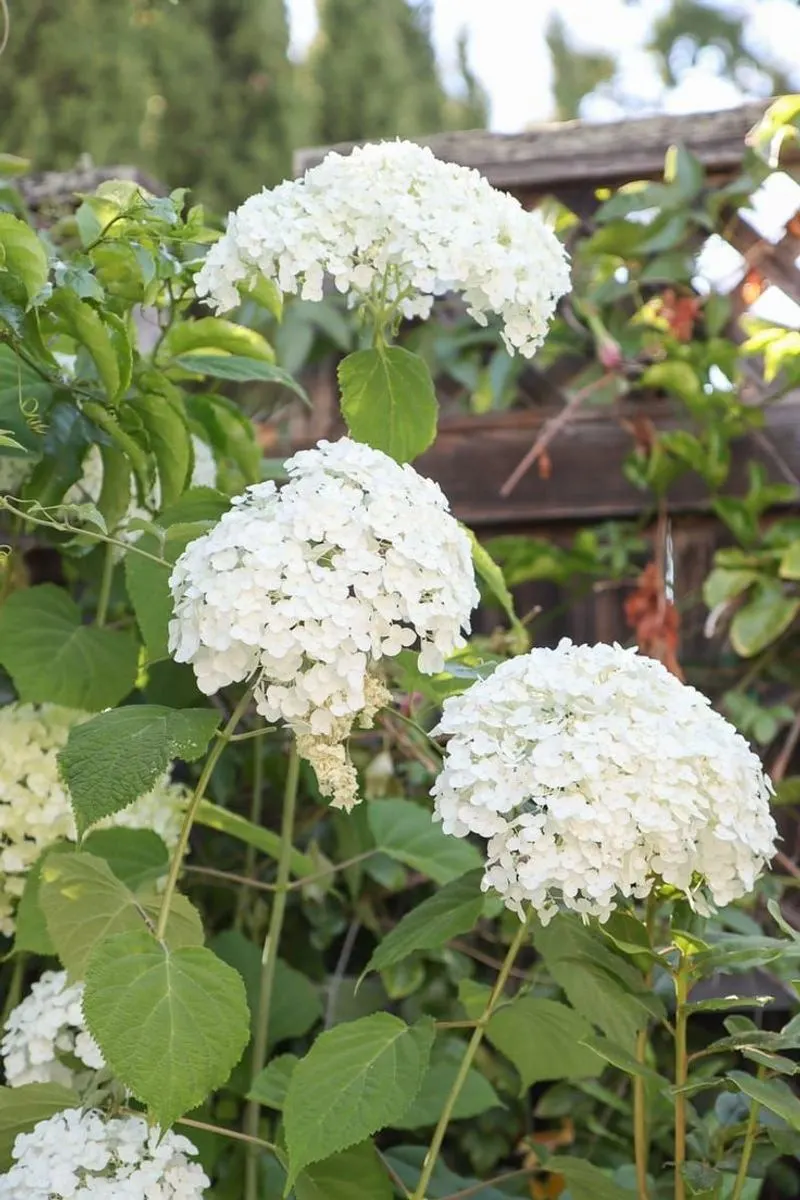
While pink and blue blooms are popular, hydrangeas come in a diverse palette. Whites, purples, and even greens can add unexpected splashes of color to your garden.
The flower color is influenced by several factors, including soil pH and plant variety. Some types, like the ‘Oakleaf’ hydrangea, naturally produce white flowers.
Embrace the full spectrum of hydrangea colors to create a vibrant and varied garden landscape.
Myth 8: All Hydrangeas Rebloom
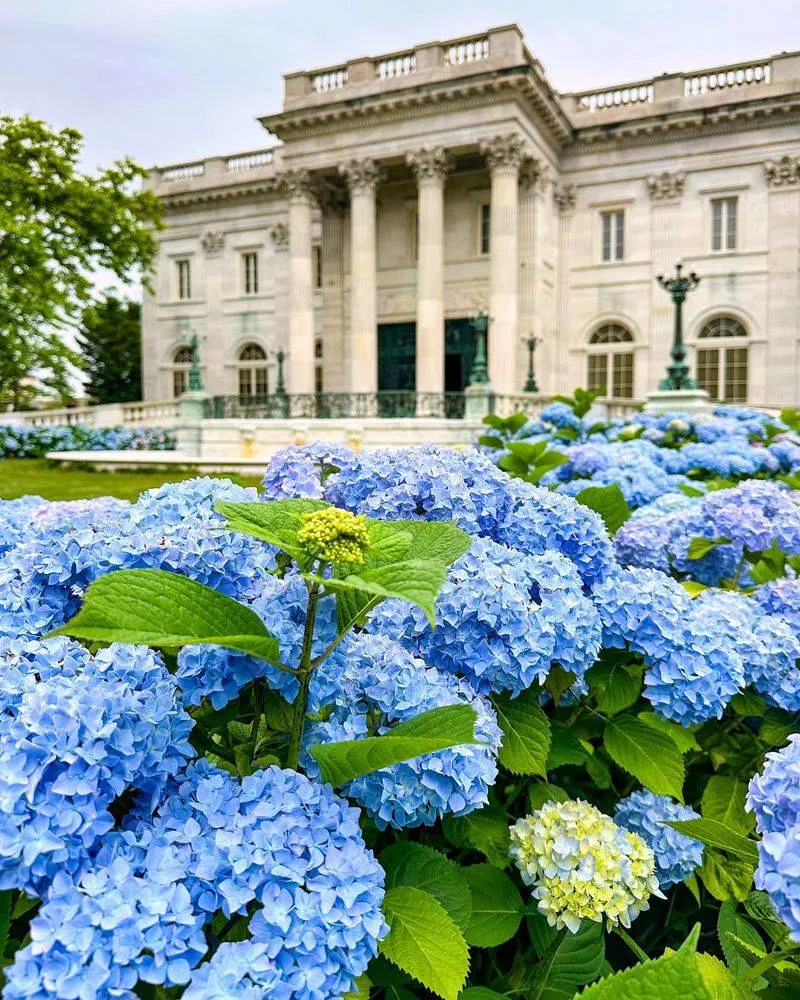
Not all hydrangea varieties have the ability to rebloom. While some, like the ‘Endless Summer’, are known for their repeat flowering, others bloom just once per season.
Understanding your hydrangea’s blooming cycle is essential for proper care. Encourage repeat blooms by deadheading spent flowers and providing adequate nutrients.
Being informed about your specific hydrangea type ensures you set realistic expectations for bloom cycles and care requirements.
Myth 9: Hydrangeas Are Pest-Free
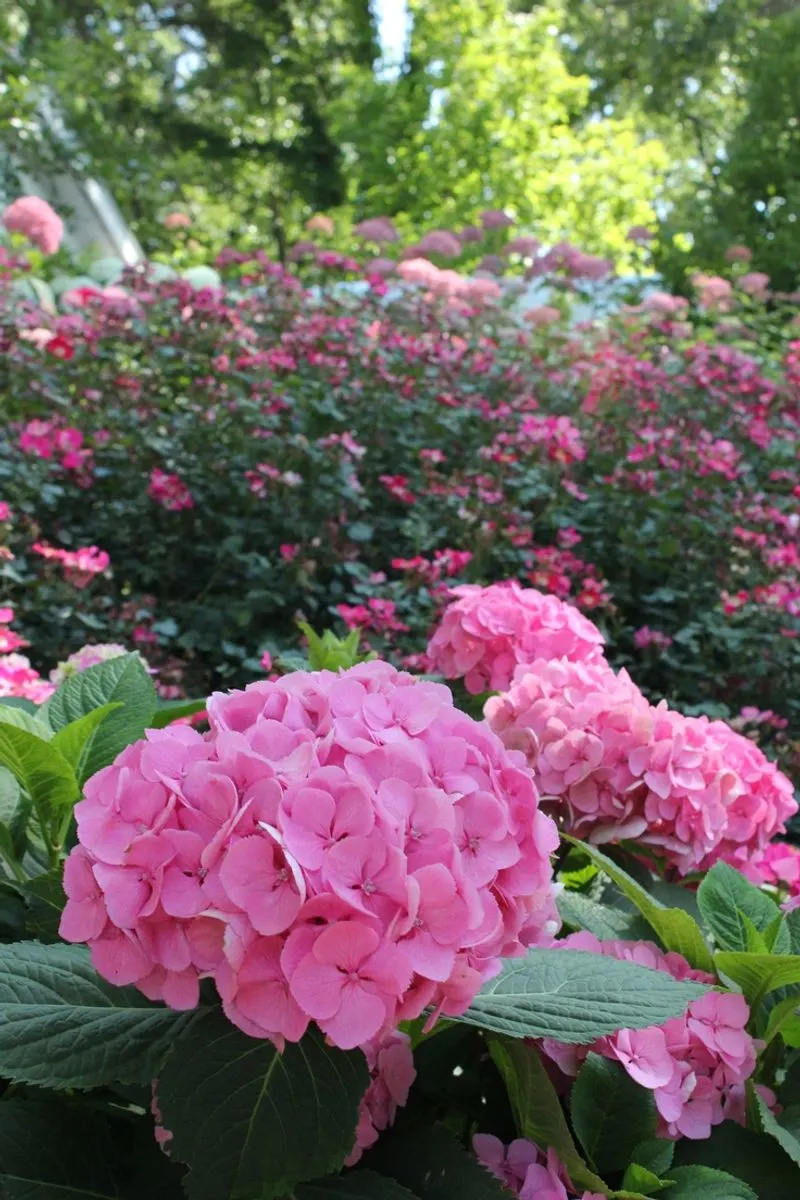
Though relatively resistant, hydrangeas aren’t entirely pest-free. Aphids, spider mites, and slugs can occasionally cause damage. Regular inspections help catch infestations early.
Implementing natural pest control methods, like neem oil or introducing beneficial insects, can protect your plants.
Being proactive in garden maintenance ensures your hydrangeas remain healthy and vibrant, contributing to a thriving garden ecosystem.

